Have you ever wondered how the suspension on your bike works? What are the differences, pros, and cons? You’re in the right place because we’re going to dive into all that in this article.

Subscribe to our Telegram channel for instant updates!
Cruising down the road and feeling your bike effortlessly absorb every bump is a truly blissful experience. But have you ever stopped to ponder the hidden heroes working tirelessly beneath you? Those unsung champions are your motorcycle’s suspension system, and the front forks are the major part of this operation.
Various types of front suspension systems have been tried and tested over the years in motorcycle development. Two main types have stood the test of time: the telescopic fork and the USD (upside-down) fork.
These days, manufacturers typically rely on USD forks, even on entry-level bikes, a feature that was once limited to high-end performance models. However, telescopic forks are still widely used and remain steady in many bikes’ front suspension systems.
So, how different are USD forks from conventional telescopic ones? Which one should you prefer and why? Before we get into the differences, let’s cover the basics of these motorcycle suspensions.

Telescopic Forks
Telescopic forks are the most common type of front suspension found on motorcycles. In this type of suspension, the primary barrel or outside tube (bigger in diameter) is attached to the axle of the wheels, whereas the yoke or triple camp braces up the inner tube, which goes inside the outer tube. The triple camp is the unit that connects the handlebars with the forks.
The outer tube is heavier and bigger in construction, which translates into an additional weight on the wheels, due to which it is relatively inflexible to manoeuvre. Telescopic suspensions are mainly used on low-capacity commuter motorcycles. However, with enhanced R&D, manufacturers have aced the engineering to such an extent that there is hardly any discomfort felt in real-world conditions. Yes, of course, they are cost and maintenance-friendly.
Pros of Telescopic Forks
- Simple design
- Cost-effective
- Easy to maintain
Cons of Telescopic Forks
- It can be less rigid than USD forks
- May not handle extreme conditions as well
- Not suitable for race and tracks

Upside-Down Fork (USD)
Basically, invert the entire construction of the telescopic fork, and we get a USD fork. Here, the primary barrel or bigger tube, is attached to the handlebar via a yoke or a triple camp and the inner smaller tube is attached to the wheel’s axle.
The lighter part is connected to the wheels, which translates into better handling and cornering due to less weight on the wheels. This type of arrangement is usually seen in high-end performance bikes. However, because of its aesthetic appeal, manufacturers are providing them on entry-level bikes and commuter-class motorcycles as well. Nevertheless, USD forks are expensive to maintain.
Pros of USD Forks
- Increased rigidity
- Better handling and stability
- Improved performance in demanding conditions
Cons of USD Forks
- More expensive to produce and maintain
- Potentially more complex to repair

Telescopic Fork Vs Upside Down Fork
Both telescopic forks and USD forks use oil to dampen bumps, but they store it differently. In a regular telescopic fork, the oil is placed in the bigger outer tube. USD forks, on the other hand, stash the oil in the bigger tube mounted on top.
Here’s the catch with USD forks: those fancy top-mounted tubes can be a bit trickier to maintain. If the oil seal breaks, oil can leak and mess with your brakes, which is not ideal. Regular telescopic forks are a bit more forgiving in that sense.
At the end of the day, both types do the same job, it’s just the design that’s different. USD forks are the rockstars of handling, especially for aggressive cornering. They’re lighter and stiffer, giving you a sharper ride. Meanwhile, telescopic forks are more budget-friendly and perfect for everyday riders who cruise around town and hit the highway occasionally.

Which One Should You Choose?
The choice between telescopic and USD forks depends on your riding style and needs. If you’re looking for a cost-effective and reliable option for everyday riding, telescopic forks are great. However, if you’re after high performance and plan to tackle more demanding riding conditions, that is when USD forks come in handy, offering superior stability and handling.
Ultimately, both types of forks have their place in the motorcycle world. Understanding the differences can help you make an informed decision about which suspension system suits your needs best.
So next time you’re out shopping for a bike or just curious about your current ride, you’ll know exactly what to look for in the front suspension department.




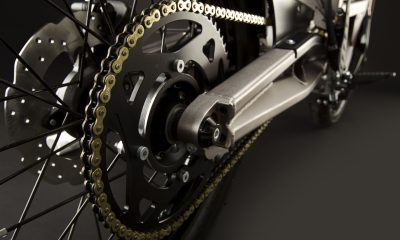
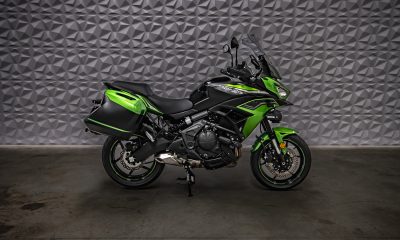



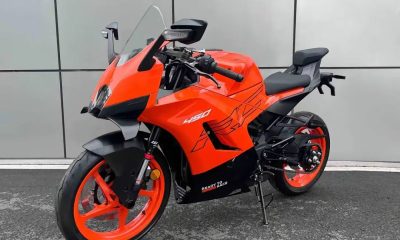
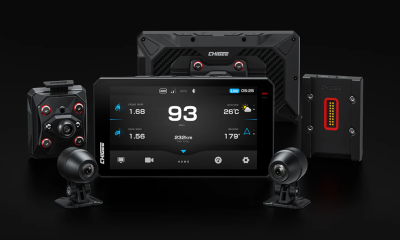
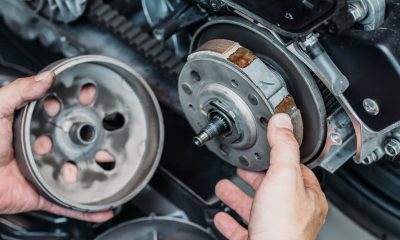



















Facebook
Instagram
X (Twitter)
YouTube
LinkedIn
RSS